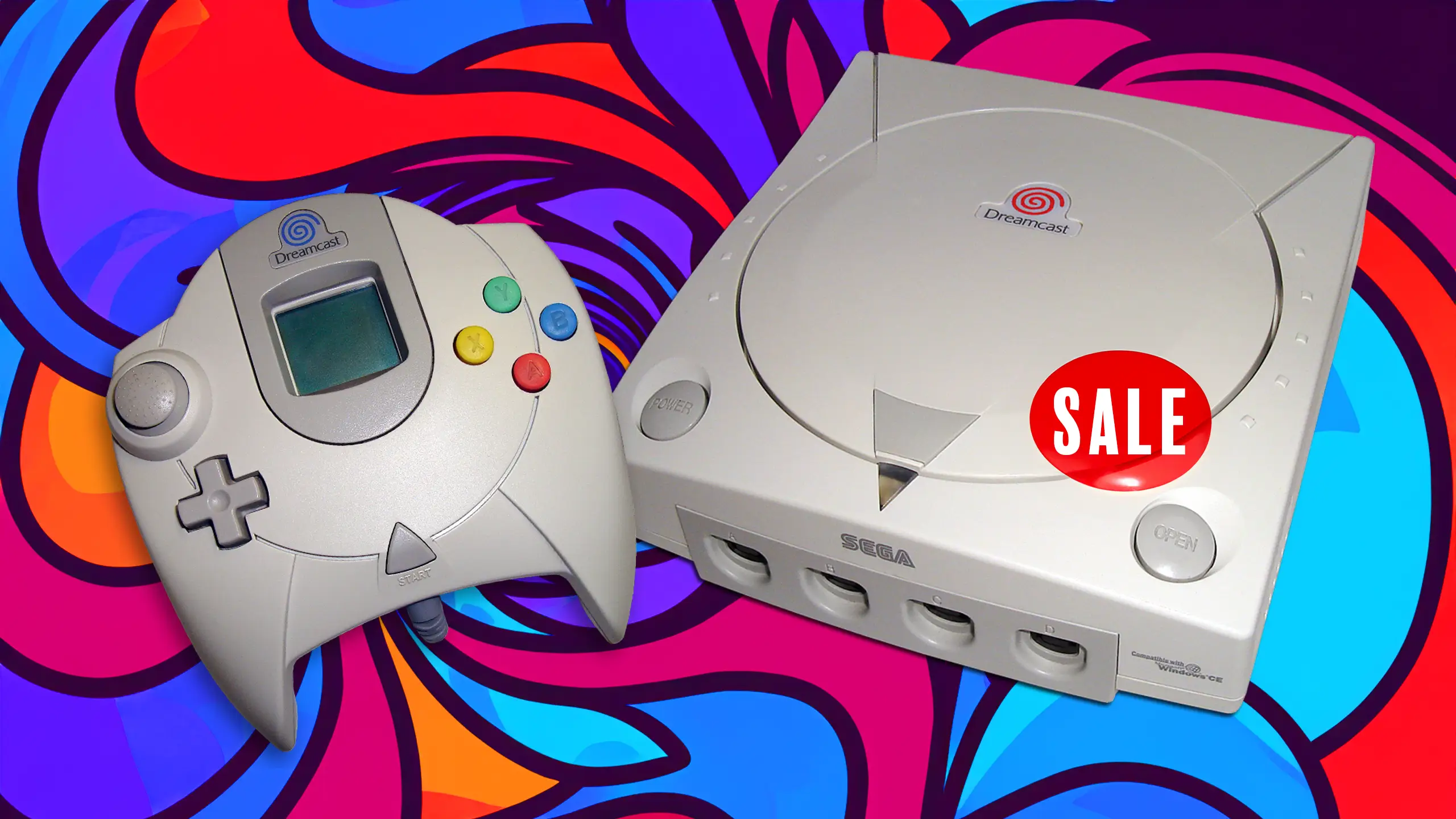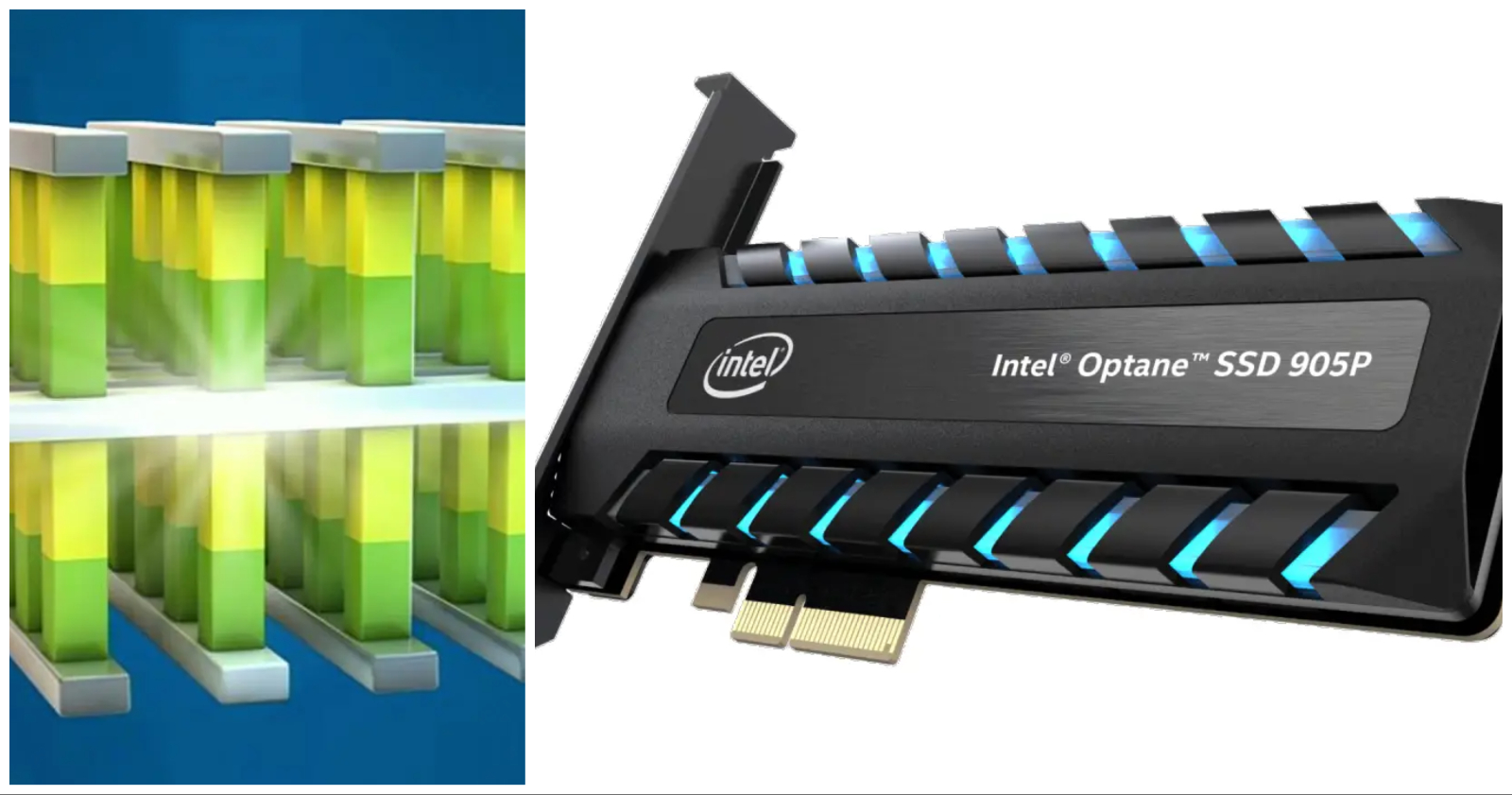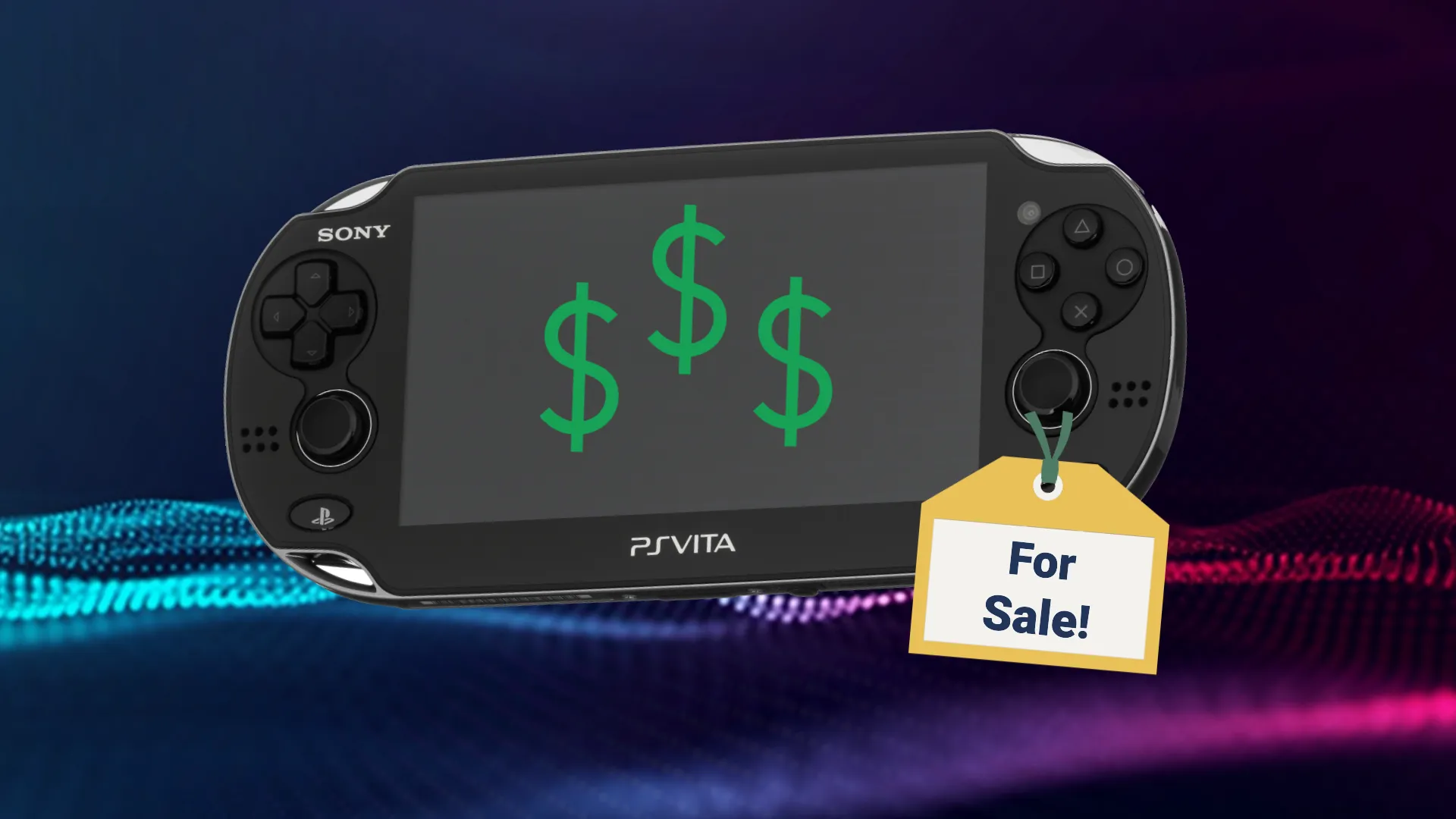How Much Is A Sega Dreamcast Worth In 2023?
Back in the day, console wars weren’t fought by Microsoft, Sony, and Nintendo – but there was another player that had some very interesting machines. Sega, the home to a certain blue-haired speedy hedgehog, released its very final console in 1999, the Dreamcast. Unfortunately, the Dreamcast didn’t prove to be a major success – after […]











